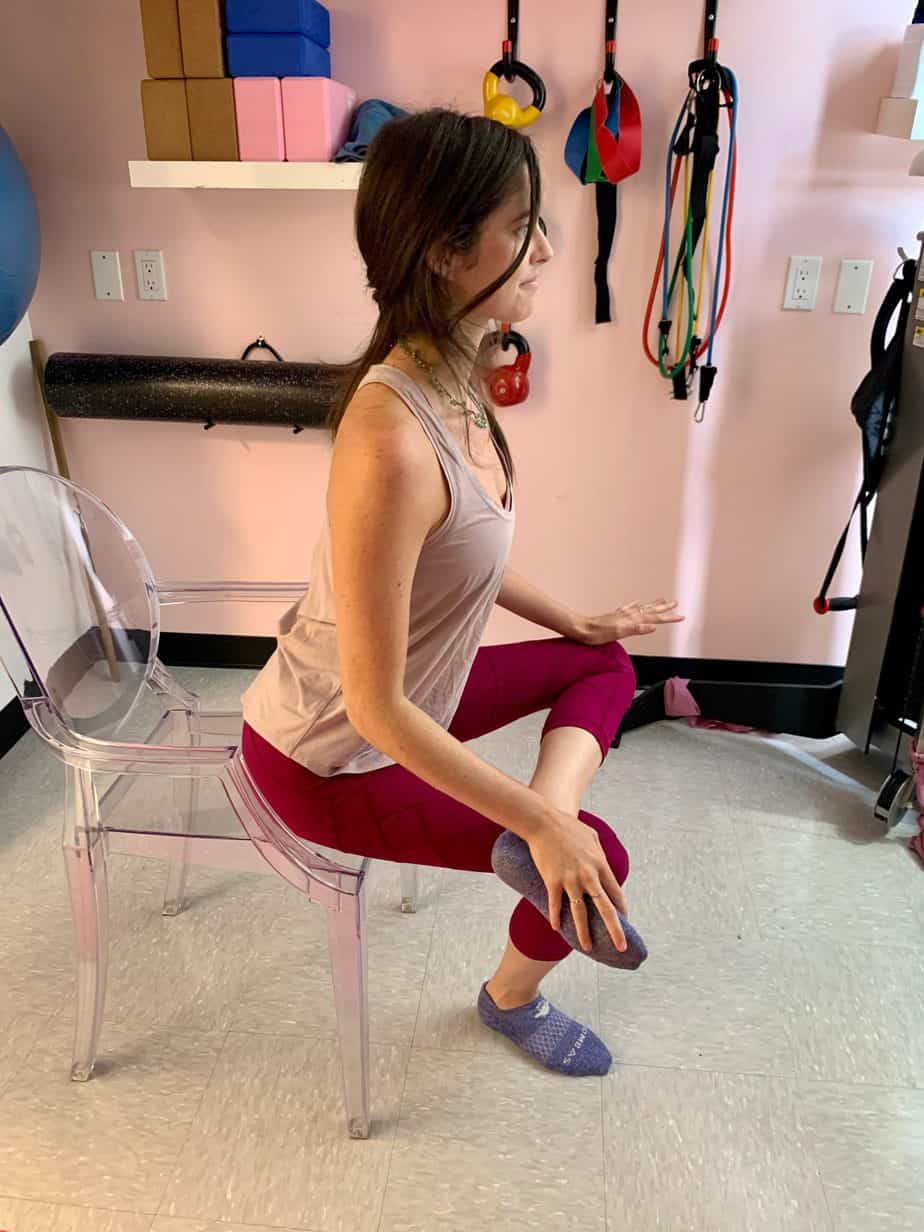Dating with Pelvic Pain

As February rolls around and romance fills the air, some individuals may find themselves grappling with the daunting prospect of dating while coping with pelvic pain. But fear not, because we’re here to shed light on this topic and provide guidance on how to navigate the dating scene with confidence and grace.
Pelvic pain is an umbrella term for the purpose of this blog, but it includes the following terminologies, and can be extended to several other pelvic pain syndromes.
| Pain with sex | Dyspareunia, vaginismus |
| Penile pain | Pain with/after orgasm |
| Pain with vaginal/anal penetration | Difficulty achieving orgasm |
| Pain with ejaculation | Unable to orgasm |
| Pain with arousal |
Recognizing the impact pelvic pain can have on relationships is the first step towards addressing it effectively. So, let’s address some common concerns and questions surrounding dating with pelvic pain.
When to bring it up?
Timing is crucial when broaching this topic. There’s no one-size-fits-all approach, but it’s generally best to discuss it before physical intimacy enters the equation. Avoid springing it on your partner during a vulnerable moment; instead, create a safe space for open dialogue where both parties can express their feelings and concerns.
How will my date receive this information?
Every individual reacts differently, so there’s no definitive answer. Some may view it as a deal-breaker, while others may respond with empathy and understanding. Ultimately, this conversation can serve as a litmus test for the compatibility and depth of your connection.
How do I share this information?
Approach the conversation with honesty, vulnerability, and an open mind. Avoid assumptions and judgments, and strive for meaningful communication that fosters understanding and empathy.
What do I share, and what’s TMI?
Use a traffic light system to categorize acts of physical intimacy: green for activities unaffected by pelvic pain, yellow for those approached with caution, and red for activities to avoid altogether. This ensures clear communication and sets boundaries without oversharing.
As you navigate dating with pelvic pain, remember that you’re not alone. Whether you’re already receiving care from a healthcare team or just beginning your journey, there’s support available. Pelvic health providers can offer invaluable guidance and tools to address the root causes of your pain and enhance your quality of life, including strategies for managing physical intimacy.
How can physical therapy help?
Physical therapy, in particular, can play a crucial role in your pelvic health journey. By identifying and addressing physical factors contributing to pain, correcting muscle imbalances, and providing education on self-care and lifestyle adjustments, physical therapists empower individuals to take control of their pelvic health and embrace intimacy with confidence.
Featured image by freestocks on Unsplash







